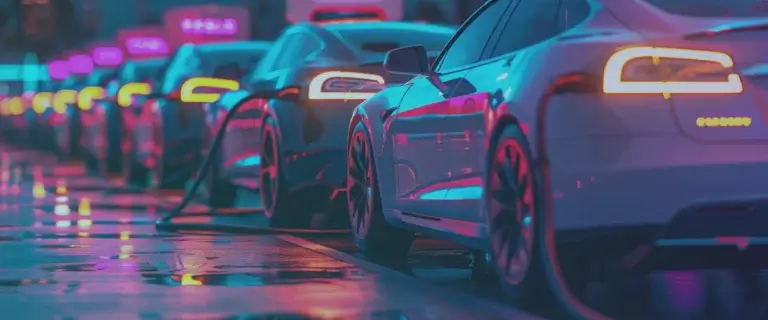A reflection on the Nordic EV Show, recently attended by Dunstan Power, Director at Versinetic.
The Nordic EV summit in Oslo is one of the largest EV events in Europe, bringing together companies from across the ecosystem – charge point manufacturers, operators, communications companies, universities and lots more.
The actual event was a series of talks in an arena – punctuated by live Europop music and drumming which was quite unexpected. These talks ranged from discussions around new EVs through to EU policies on charge points.
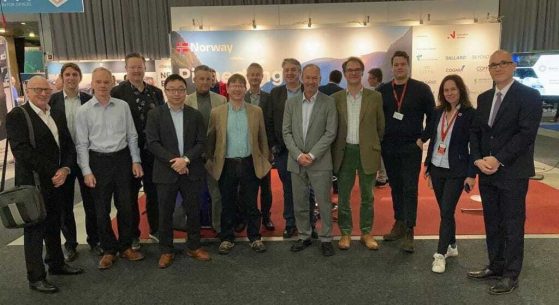
Conference Talks – Beyond Electric Cars
A key point from the show was that it was very much about vehicles – rather than purely consumer cars. Indeed, EVs covered marine, aircraft, buses and lorries as well as cars. As you would expect, personal cars are the furthest ahead in EV development – and bikes, of course. The lighter the transport, the more accessible the technology.
Many of the talks, particularly around policy with EU officials and charge point operators, were fundamentally focused on people’s personal transport. Whereas, several exhibitors featured displays relating to electric excavation, mining, waste disposal and aircraft.
At the conference it was stated that transportation generates approximately 30% of emissions as a whole, and drilling down on that, aircraft alone make up 10% of these emissions. The statistics are supported by the EPA, who reported the same finding for the US Greenhouse Gas Emissions for 2019.
The current emissions conundrum is that the larger the vehicle, the heavier the vehicle and so it follows, the bigger the challenge of greenhouse gases. Consequently, as you’d expect, lorries and planes are particularly bad for the environment; and of course, ships too, due to pollution.
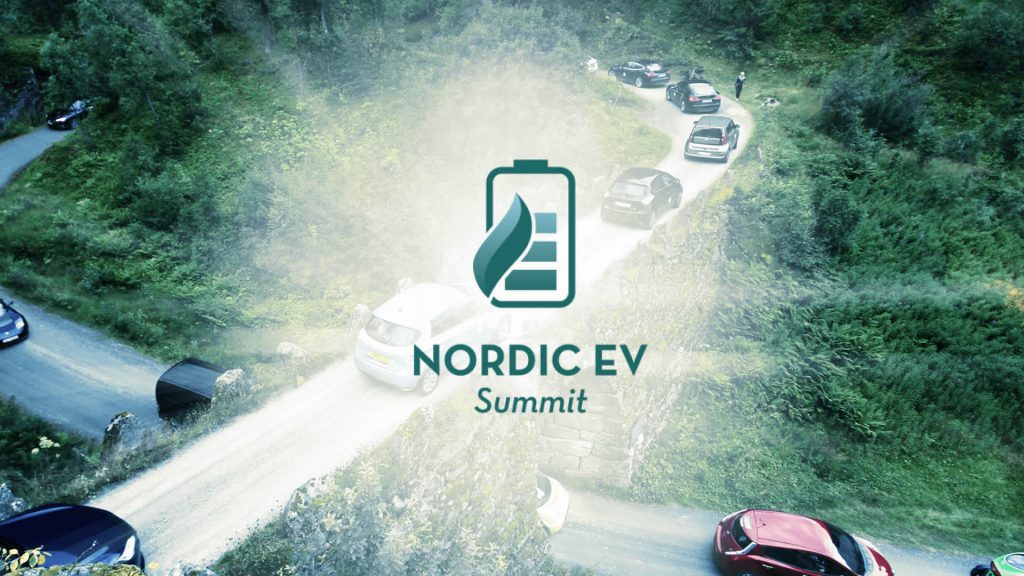
Larger Electric Transportation
There are many issues to tackle when attempting to electrify an aircraft. For starters, the fuel mass of an electric plane does not decrease during the flight. With jet fuel, the plane gets lighter as it flies, whereas with battery power there is a heavy load for the entirety of the flight. Furthermore, an even bigger issue is that the energy density of batteries is far lower than kerosene, so you need many more batteries to supply the equivalent energy levels.
However, what was good to see at Nordic EV was that there is progress being made, albeit slowly and in very early stages. We’re miles away from 747s being electric, but it’s going to start with small commuter hops.
Elfly, a company in the electric plane arena, are approaching the design aspect from a different angle. They’re effectively creating a flying boat – a boat first, then a plane second, so that it can land anywhere – waterways with natural take-off and landing place for aircraft.
Previously, electric flying boats haven’t been economical because of the amount of damage done to the engines from sucking in water spray – as seawater is particularly corrosive. The big advantage electric has got is that it can all be completely sealed, so it doesn’t have air intake sucking in seawater.
In addition to flying boats, there are moves happening with ferries, for instance, in Norway they have developed automated charging ferries and electric boats.
The real challenges are with larger vehicles where hydrogen is being seen as more of an option. The complication is finding ways to generate hydrogen in a renewable, eco-friendly way rather than just making it using fossil fuels.
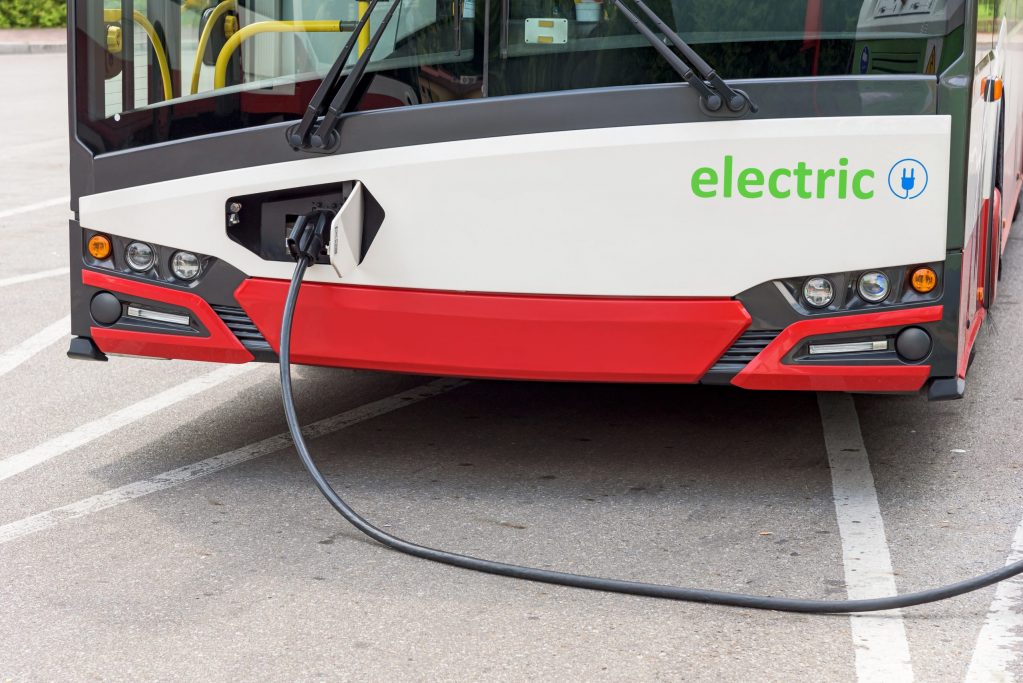
Infrastructure rollout and the Norwegian model
The main challenges that were brought up at the conference tended to be similar to those in the UK – such as the problems with on street parking and charging, for instance.
While attending a pre-conference event hosted by Innovate Norway, an interesting point was made that it is necessary to have charging infrastructure visibly in place in order to further accelerate EV adoption. This is how Norway became the leading EV country in the world in terms of take-up per capita; the local governments in Norway effectively put a lot of chargers in to reassure people that they could charge if they bought an EV car. Some of the rollout was driven at municipal level and some was fuelled by central government. Indeed, this was also a key observation in our blog post Climbing up the EV League Table.
The chicken and egg analogy came up frequently during the conference and networking events – in that it’s hard to justify charging if there are no cars. But it’s equally difficult to rationalise pushing for greater EV adoption, if there are no chargers.
For example, here at the Versinetic site, four chargers were put in when the technology park was originally built back in the late 2000s – and they were unused for several years. Today, those chargers are in constant use – with no guarantee on availability as there are now several EVs in the work place car park. Demand consistently outstrips supply.
Key companies to follow
At the mixer event hosted by Innovate Norway, we met a wide group of Norwegian companies. Of particular interest were:
- Elfly who are making an electric flying boat
- COM4 who have a roaming SIM service
- and Kruser who do electric boats.

Following this, over the next 2 days were the main event talks and networking sessions that went well into the night at various different venues. A notable one took place at NIO’s Norwegian headquarters, where they showcased some of their electric vehicles. NIO is dubbed by many as a Chinese equivalent to Tesla
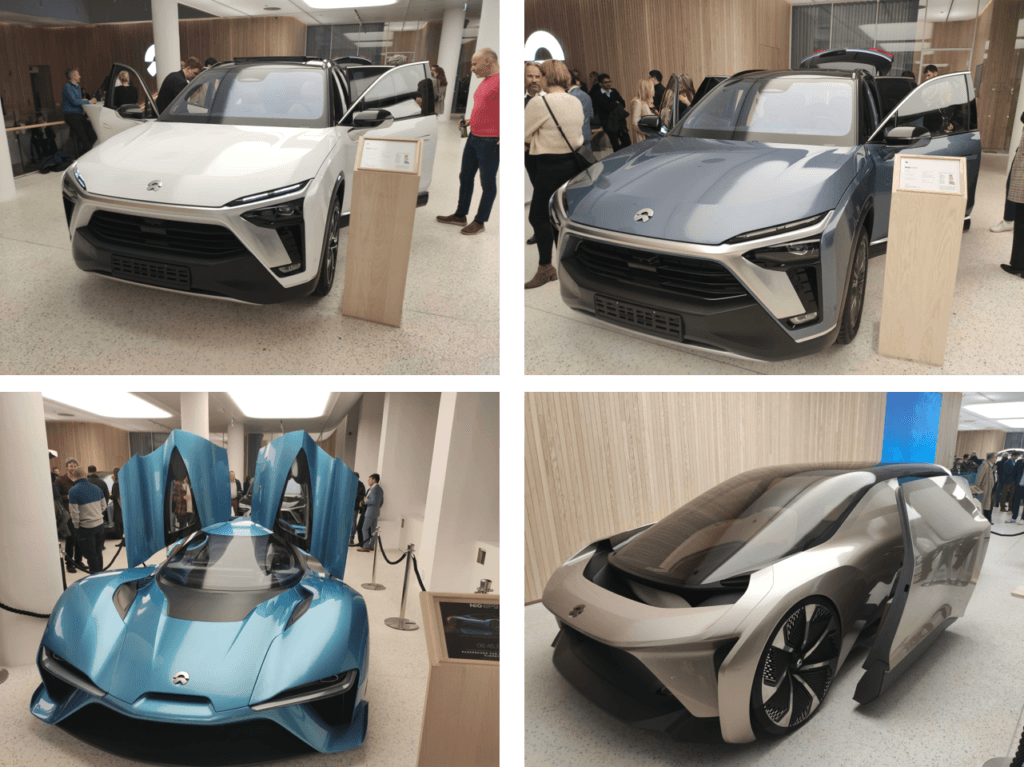
Future opportunities for the EV Industry and transportation market
The expansion of EV solutions into every conceivable market is inevitable. This presents massive opportunities for EV companies, not least because EV implementations will significantly differ from their fossil fuel counterparts (e.g., the return of electric flying boats, or hydrofoils). In addition, there are opportunities to expand into areas not currently serviced by combustion engines (e.g., Voi electric scooters).
For instance, it is likely that if we start to use vehicles as a service, then ferries will no longer need to transport nearly as many cars; hence, they may possibly become cheaper to run, as well as smaller. This also serves the purposes of EV ships, as early battery limitations will force them to be small.
On the other hand, because electricity is the same everywhere, we don’t need different fuels for different transport – no diesel for ships, no kerosene for airplanes. Consequently, air taxis will proliferate, because the right kind of fuel (electrons) is available from the top of every tower block. This also implies that there ought to be a much greater variety of charging solutions, simply because applications are far more diverse.
Nordic EV – what did we learn
In spite of the Euro-pop music, and getting little change from £10 for a pint of beer, if you’re doing well, Nordic EV was well worth the trip. There’s definitely a lot that can be learnt when you bring together the most innovative companies from across the EV community. Some of our key takeaways were:
- There’s lots of competition in the EVSE market and the quality of the product is going up
- Price matters but not over quality
- The DC and AC charger markets don’t overlap much with the companies quite distinct
- AC chargers are getting smaller across the board
Let’s hope that we can learn from each other and continue to develop and advance the EV space.



